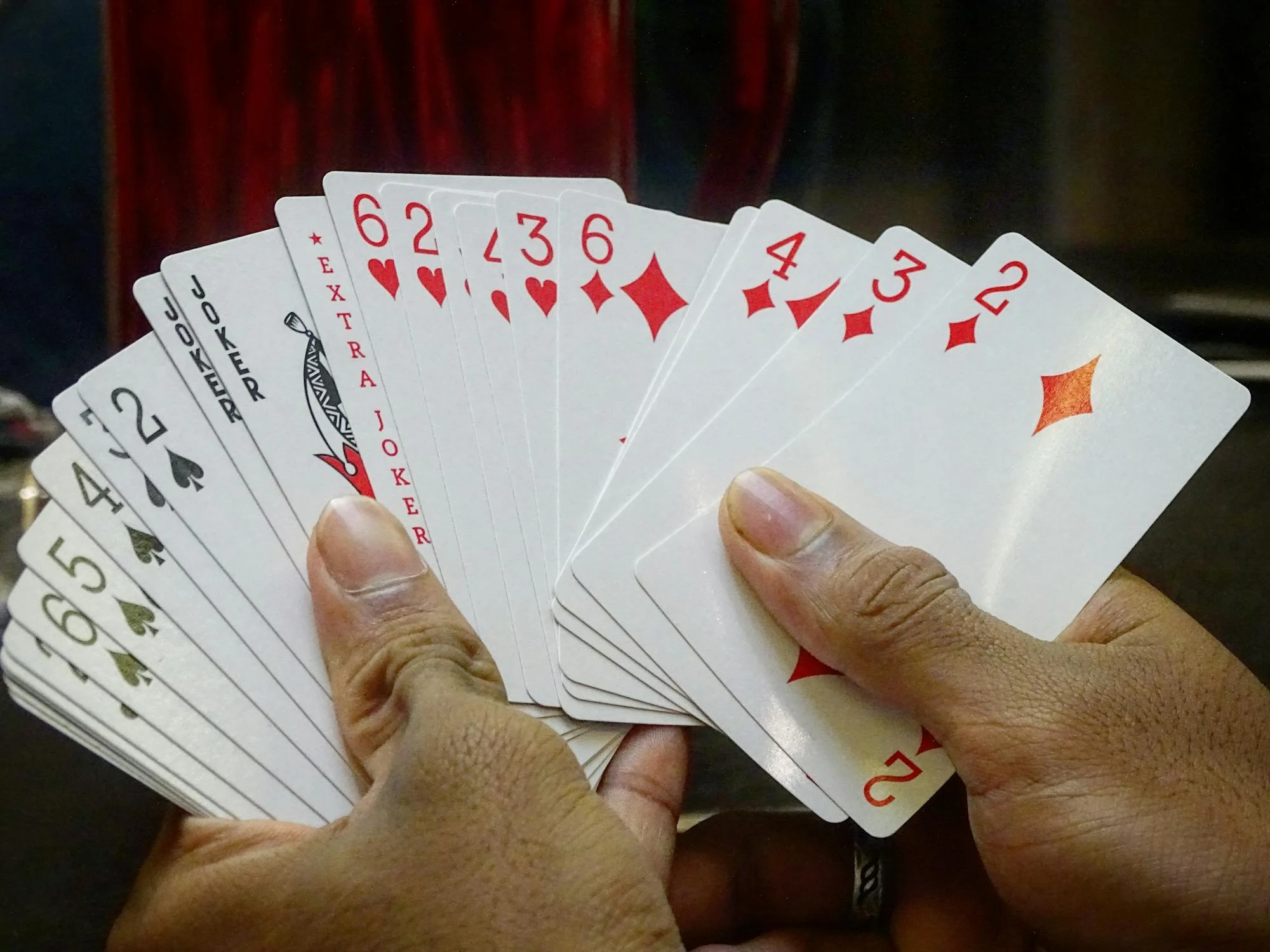Mastering the Art of Subsequent Melds in Canasta
Modern Canasta, offers a dynamic playing field where strategy and teamwork are essential. One critical aspect to master is the concept of subsequent melds, which follow the initial meld. Understanding the intricacies of these melds can significantly enhance your gameplay and contribute to your team’s success.
Subsequent Melds: Flexibility and Strategy
After a team’s initial meld, either player can create new melds or add to existing ones. The beauty of subsequent melds lies in their fewer requirements compared to the initial meld. For instance, during the initial meld, players are allowed to meld two cards with a Wild Card. However, in subsequent melds, players must follow to The Rule of Five, a CLA Standard, which stipulates that a base of at least five natural cards is necessary before Wild Cards can be added.
Example: Consider a meld of 5-5-2 during the initial meld. Players cannot add another Wild Card until there are five natural cards in the meld. Once you have 5-5-2-5-5-5, you can then add a Wild Card, transforming it into an Unnatural Canasta (7 total cards), thereby closing the meld and rendering the 5s dead.
Teamwork and Communication
In Canasta, effective communication and coordination with your partner are vital. When a player, who did not make the initial meld, makes a subsequent meld, they must place the cards in the same meld area as their partner. Customarily, cards are passed to the partner to avoid reaching across the table. Clear communication is crucial, especially when adding Wild Cards. It is the responsibility of the player adding the Wild Cards to inform their partner where to place them, as guessing or suggesting by the partner is not allowed.
Beginner Tip: Organizing Your Melds
To streamline your melds and make it easier for both you and your partner to keep track of your cards, place melds in increasing numerical order. This practice not only aids in clarity but also enhances your strategic planning during the game.
Exploring Variations
Canasta enthusiasts often encounter variations in the rules, particularly under Table Rules as detailed in Chapter 10 of The Ultimate Guide to Modern Canasta. These variations can add a unique twist to the gameplay, providing new challenges and opportunities for strategic thinking.
Mastering subsequent melds in Canasta involves understanding the rules, effectively communicating with your partner, and organizing your melds efficiently. By honing these skills, you can elevate your Canasta gameplay and enjoy the strategic depth this classic card game offers.

All the Rules concerning Modern Canasta can be found in The Ultimate Guide to Modern Canasta which is available just by clicking here!
Learn more about Melding and Discarding in Chapter 6 of the book.


